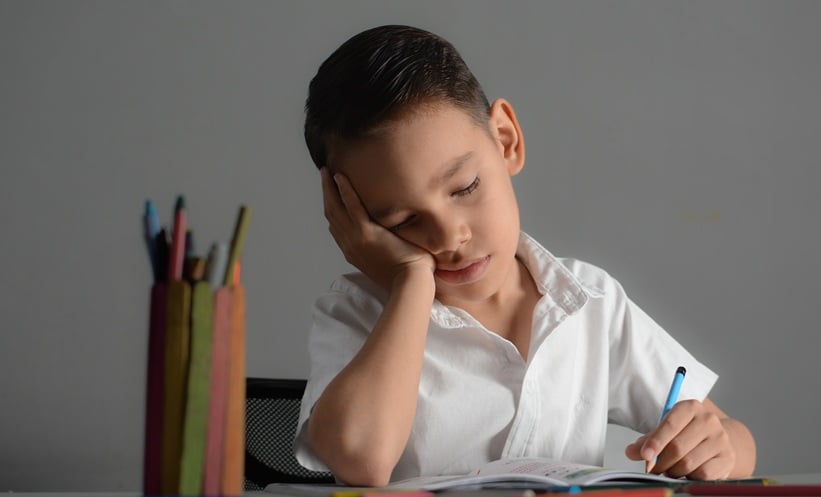BENIGN acute childhood myositis (BACM) has seen a sharp rise in incidence during the post-COVID era, according to a retrospective study from a tertiary pediatric center. The analysis found a 140% increase in diagnosed cases compared with the pre-pandemic period, underscoring shifts in viral circulation and population immunity.
Researchers reviewed 145 cases of BACM between 2017 and 2025, dividing them into pre-COVID (2017–2021) and post-COVID (2021–2025) groups. While only 28 cases occurred before the pandemic, 117 were reported afterward, corresponding to an incidence rate ratio of 2.41 (95% CI: 1.60–3.64; p<0.001). The annual rise closely mirrored national influenza-like illness surveillance trends, with most cases clustered in the winter months of December through February.
The clinical presentation of BACM remained consistent across both periods, with children typically experiencing muscle pain and difficulty walking following viral infections. Importantly, the condition maintained its benign and self-limiting course, with no major complications reported. Post-pandemic cases, however, were associated with lower creatine kinase levels at discharge and shorter hospital stays, averaging 3 days compared with 4 days in earlier cases (p=0.011).
Virological testing revealed a notable shift in etiology. Before the pandemic, influenza A was the predominant trigger, while influenza B emerged as the leading associated pathogen in the post-COVID years (p=0.023). This transition suggests altered viral dynamics and immunity patterns in the pediatric population following the widespread disruption of respiratory virus circulation during the pandemic.
The findings highlight the importance of ongoing surveillance and clinical awareness during peak influenza seasons. Although BACM continues to be a mild condition, its post-pandemic resurgence reflects broader epidemiologic changes that warrant careful monitoring.
Reference: Brisca G et al. Increase in benign acute childhood myositis in the post-COVID era: a retrospective study from a tertiary pediatric center. Eur J Pediatr. 2025;184(9):599.








